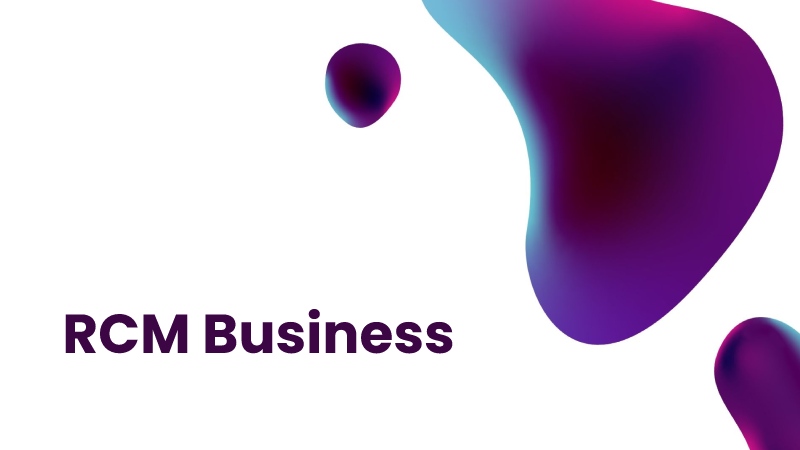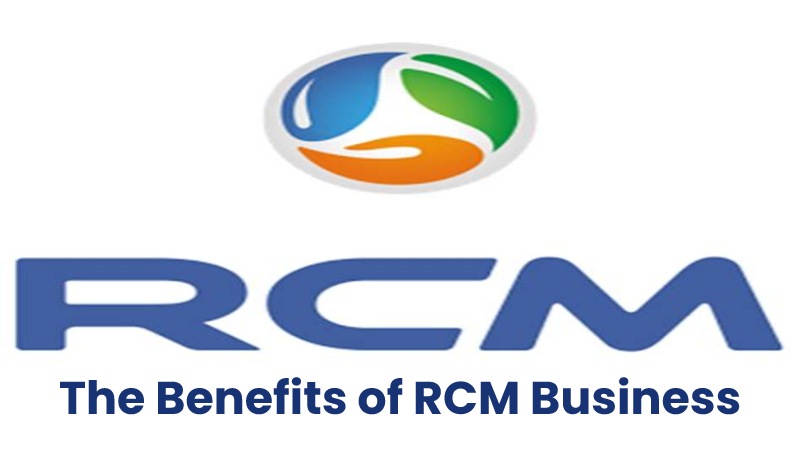RCM Business
Reliability Centered Maintenance focuses on identifying what must remain done to ensure a system functions safely and reliably. RCM analysis remains performed by a group of experts on an object of study, called the analysis team. Your responsibility is to answer all questions about the equipment being tested. Precisely, to talk about Reliability Centered Maintenance, a specialist clears up some questions related to the difficulty of implementing the RCM methodology in companies in Mexico.

Table of Contents
Is It Difficult To Implement Reliability Centered Maintenance?
Implementing the RCM methodology (for its acronym in English (Reliability Centered Maintenance) is not difficult. It is enough to ensure that the analysis of failure modes remains carried out as a team effort. A widespread mistake is that the implementation remains assigned to a person who remains expected to do everything; it does not work.
However, establishing the RCM culture is not easy; I can assure you, in light of my experience, that living the culture of prevention is not expected, nor is it a habit that prevails. Let’s not say in companies anymore but in the country. And it is precisely that habit of thinking about prevention that allows anticipating failures and is the essence of which Reliability Centered Maintenance is based. Finally, I can say that implementing the methodology is an arduous process. But if the fundamental aspects mentioned are fulfilled, the results far exceed the expectations, even of the team members themselves.
The Benefits of RCM Business
One of the first advantages obtained from Reliability Centered Maintenance is that the effort must be constant. That is to say, meetings remain held with rough regularity. It goes from a habit of living as a firefighter or firefighter to living in an environment of reliability. Everything implies proactivity, planning, training, etc., but not chronic stress.

It is a constant in the industry to live in a reactive culture, at least when it comes to Maintenance. You usually act when you already have the problem. It is common to find companies where you work from crisis to crisis. Especially the departments dedicated to planting services and asset maintainability. Therefore, by working with RCM constantly, we gradually stop having ongoing problems, and the work environment is more productive and pleasant.
As a result, the technical indicators improve, and the following remain a list of the benefits obtained: with Reliability Centered Maintenance: – Less equipment downtime. – Greater technical availability. – Longer mean time between failures (MTBF). – Lower mean time to repair (MTBR). – Preventive Maintenance activities remain reduced dramatically, by an average of 70% to 80%.
Increase or use for the first time of Predictive Maintenance. – Significant reduction of “scrap” or waste due to machine failures. – Overtime is reduced for both technical and productive staff. – Greater motivation of all staff involved in implementation. – The technical knowledge of the plant’s critical assets is increased. It is going from being time bombs to well-controlled teams. It remain a maxim in this field, and by studying the equipment, knowledge remains increased, and it stay detected where training remain needed. – Costs in spare parts and labor remain reduced.
Disadvantages of RCM3
RCM3 is not the panacea or the solution to all humanity’s problems. It is a simple maintenance engineering technique with undoubted advantages and undoubted drawbacks.
The first of the drawbacks has a lot to do with the technical depth of the analysis to remain carried out. It cannot remain carried out by any technician. Still, it must remain carried out by professionals with extensive experience in the Maintenance of industrial installations because only they know the facilities’ problems. The number of this type of technician is today tiny.
The second drawback is related to the time required to carry it out. A study of this depth requires time and dedication. As a simple reference, a team of three engineers with exclusive commitment can take more than ten months to complete. A maintenance plan based on the RCM of a complete industrial plant. It stay barely carried out in two by other techniques.
The third major drawback is the cost. A lot of time dedicated to expensive and scarce professionals can never be cheap. It is not cheap does not mean that it is not profitable since the investment remains quickly recovered in increased production and decreased maintenance costs. Still, it is necessary to make an initial investment in a time of valuable resources.
Conclusion
Reliability Centered Maintenance ( RCM ) or RCM Business remain a widely recognized methodology.For developing maintenance plans that include all maintenance strategies (preventive, predictive, fault finding, etc.).

